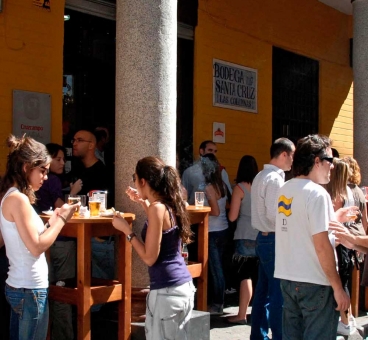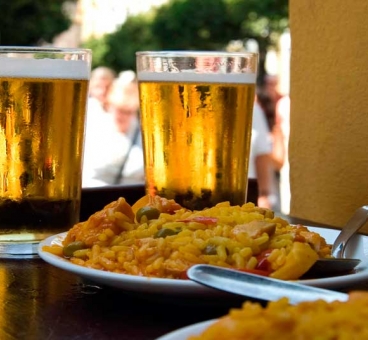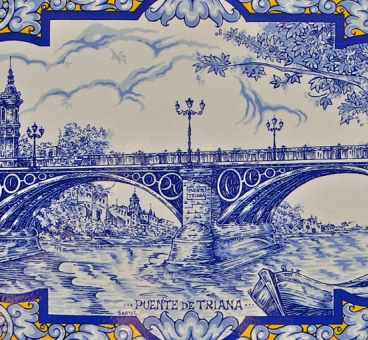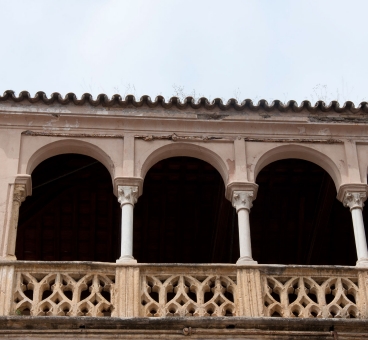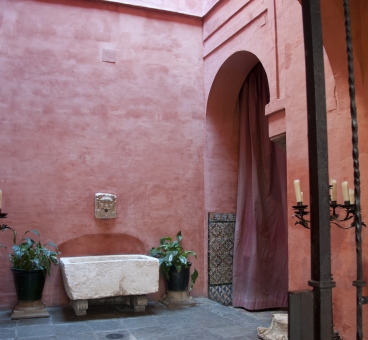The Casa de Pilatos is a combination of Italian Renaissance styles and the Spanish Mudejar style. It is considered a prototype Andalusian palace. Construction of the palace began in 1483, at the initiative and desire of Pedro Enríquez de Quiñones (IV Adelantado Mayor of Andalusia) and his second wife, Catherine de Ribera, the founders of the Casa de Alcalá. The work was erected on several plots that had been confiscated during the Inquisition. In 1493, the death of Pedro Enríquez left Doña Catalina in charge to undertake the initial configuration of the palace. His son, Fadrique Enríquez de Ribera, and his grandson, Per Afán de Ribera y Portocarrero, expanded and completed the decoration.
Fadrique Enríquez (the first Marquis of Tarifa) was a nobleman on horseback from the late Middle Ages and modernity, represented by the Renaissance. Between 1518 and 150, he made a pilgrimage to the holy city of Jerusalem, where he passed through Italy and was deeply impressed by the Renaissance art he saw in the Italian cities. Upon his return, he transferred those Renaissance styles that he had observed to the Casa de Pilatos, combining the Italian Renaissance style with that of the Sevillian Mudejar in the expansions he made to the palace, occupying several annexed plots of land. Per Afán de Ribera, nephew and heir of Don Fadrique, was a great art collector who grew his collection during his stay as a viceroy of Naples. He made reforms between 1568 and 1571, installing his vast collection.
The Sevillian “Vía crucis” started here, the beginning of Semana Santa.
tweetCard
(+34) 954 22 52 98
Plaza de Pilatos, 1
